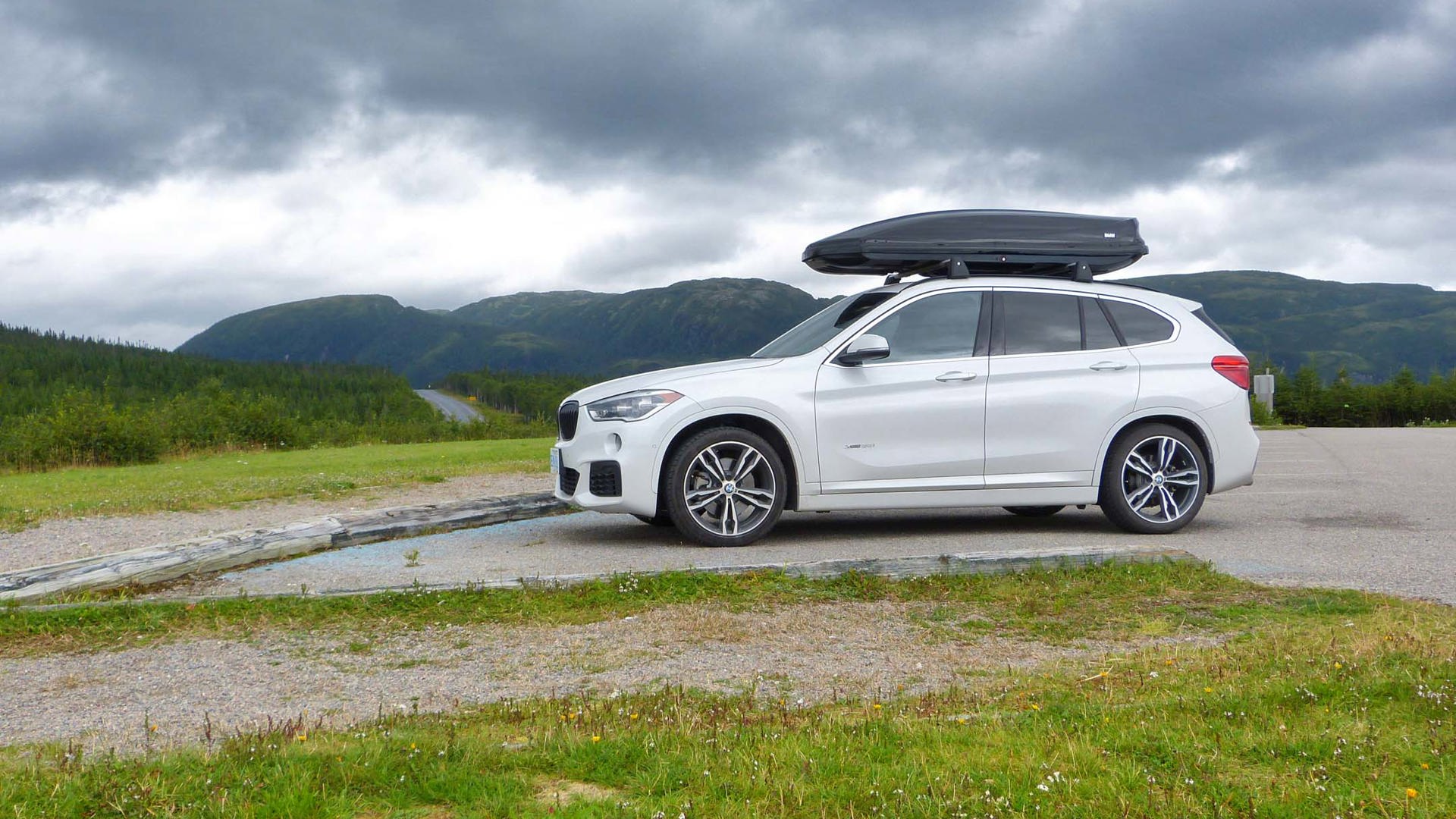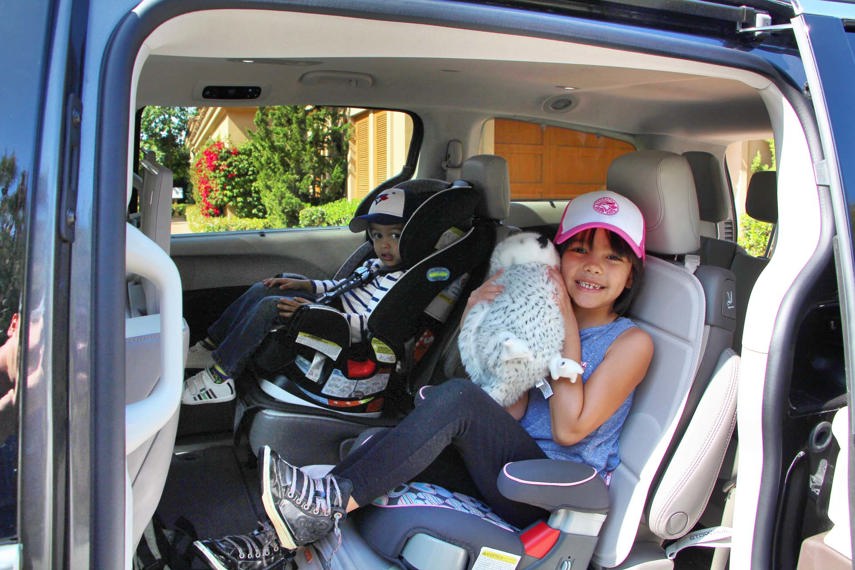Summer road trips are a rite of Canadian passage and can create amazing memories that last a lifetime – that is, if you can keep them from going off the rails.
A little careful planning can go a long way in keeping your kids, your pets, and your car happy over those long stretches of highway so that you can preserve your sanity and enjoy the ride.
The Kids
Keep them fed
This can often be the most difficult aspect of a long drive. Constant stops at the golden arches are the bane of my road-tripping existence and leave both my nutrient-deprived body and my wallet in a sobbing heap.
The best tool I’ve found by far for combating this is a powered cooler. My bestie and I packed one on our road trip to from Toronto to Newfoundland last summer, and it was an absolute life-saver. Ours could plug in to either the 12 volt connection in the cargo area or a wall plug when we brought it into our hotel room each night. Combined with a smaller portable cooler that we kept in the passenger footwell and restocked during bathroom breaks, we could readily respond to snack requests with fresh fruit, veggies, cheese, and cold juice boxes on a moment’s notice. And they’re not nearly as expensive as you might think; the $100 to $200 average price they run at most hardware stores will pay itself back many times over.
Keep them entertained
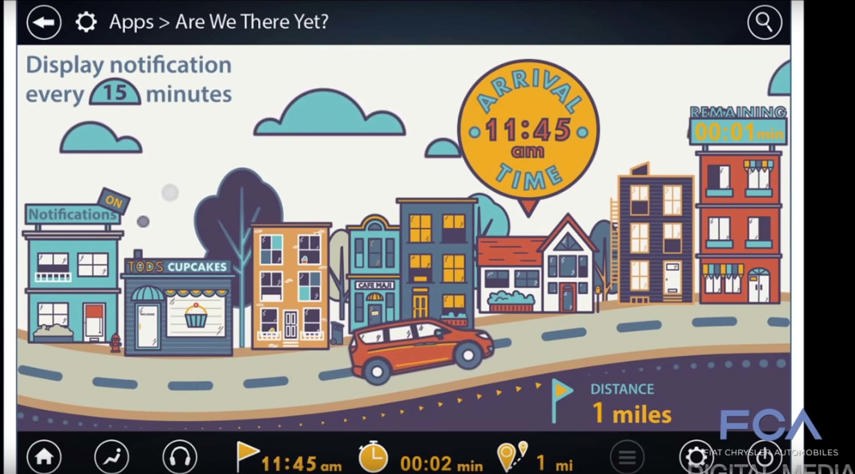
There are several options out there for approaching this. If you’ve got a vehicle with a rear-seat entertainment system, pack a stack of DVDs and you’re all set. Similarly, if you’re not screen-averse and you don’t mind handing your kids a tablet and a charging cable, then go to it. Some automotive brands even have tablet accessory add-ons available through dealers.
Every child and parent is different, of course. My personal preference is no screens on road trips. If we’re driving along and I see something I want to point out to my kid – some wildlife, a great view, a beautiful sunset, whatever – I want to be able to get her attention in time to share it with her because I think that’s most of what family road trips are all about.
On the other hand, she’s a voracious reader and is generally more than happy to occupy herself all day with a stack of new-to-her books. (That reminds me – I need to get to the library before we set off on our next adventure!)
This is where our car caddy has been indispensable. Before we leave, I stuff it full with snacks, a refillable water bottle, books, favourite stuffed toys, flash cards, and similar items. I even give her a pillow that she can lay over top of it if she feels like napping (especially helpful since sleeping against door sills is unsafe if your car has side curtain air bags). Put all of this together and I think I’ve heard “Are we there yet?” fewer times in her six years than I can count on one hand.
Plan for their needs

The one road trip inevitability I haven’t figured out how to stem is bathroom breaks. (I have friends who use various tools – such as portable urinals – to keep things moving quickly, but I just can’t bring myself to go that far.) And it’s easy for parents to forget that children have other needs as well: if you don’t plan on at least a few minutes at every rest stop for getting out of the car for a stretch and a run, their moods can degrade at an alarming rate.
The best solution I’ve found for all of this is simply to ensure your daily travel expectations are realistic. Knowing my daughter’s travel demeanour, I can expect to get about eight hours of driving time done in a given day, maybe nine if I really push it (and that’s about the most I can manage myself in one day before I start to fade anyway).
I always stop and get out of the car for lunch, even if it’s just eating from our aforementioned cooler at a municipal picnic area, and I try to stop at least once somewhere with a decent playground. This is why when we’re heading east we always stop at the very first rest area right across the border into Quebec: gas, clean washrooms, a dépanneur with fresh cheese curds (if they haven’t sold out), and a solid set of monkey bars at the front for getting some wiggles out. Works like a charm.
All in all, I budget for stops to take about two hours out of the day. This means that eight hours of drive time equals ten hours door-to-door, and nine hours driving means eleven hours in total. This works for some people but not everyone; when we drove to Newfoundland my friend wasn’t confident that her daughter would last as long, so we decided to take three six-hour days to get to the ferry in North Sydney, Nova Scotia, rather than hauling tail to get there in two, which gave us lots of time for meals and burning energy in hotel pools. Knowing the limits of your travellers and planning accordingly will go a long way in making your trip a rewarding one.
The Pets
Keep them secure
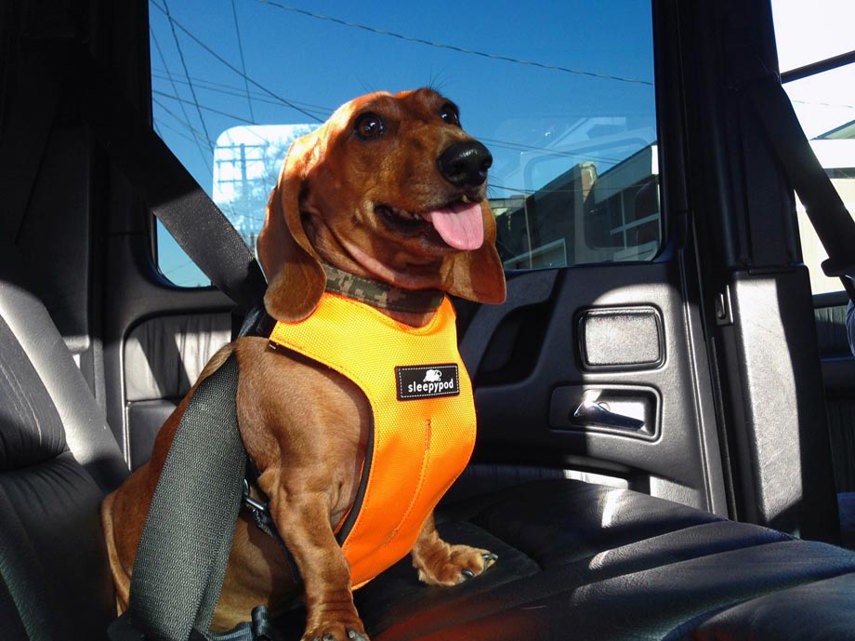
If you’re bringing Fido or Fluffy along, job one is figuring out where in the car will be the safest place. The greatest risk with having animals in the car, both for them and for the humans, is having them kicking around loose, distracting the driver, and becoming projectiles in an accident.
The safest place for any pet to be is in a travel kennel. Cats and little dogs will be most secure in a small one on the floor tucked behind a seat; some people put them on a rear seat and buckle around them so that they can see more, but carriers are rarely designed for this and in a crash could collapse under load.
Larger dogs travel best in crates as well, but to exercise this option you’ll need to be driving a hatchback or an SUV and will lose a large portion of your cargo space. (This could be made up with a roof box, if needed.) Some cars also have tethering points in the cargo area that allow a crate to be secured.
If you really don’t mind giving up a lot of storage space, there are barriers – more or less just a wall between the rear seats and the cargo area – that effectively turn the entire hold into one big crate. Be aware, though, that a dog can travel significantly more distance here in an incident, increasing the likelihood of injury.

If you’re kid-free and don’t mind giving up the entire back seat for it, a pet hammock not only keeps both you and your larger dog safe – don’t bother trying this with cats or small dogs as they’ll just jump out of it – but they protect your upholstery as well.
It’s possible to buy booster seats and harness restraints that let your pet sit openly on the back seat attached to a seat belt, but making a good buying decision requires a lot of research. A study completed by Subaru and the Center for Pet Safety evaluated 11 different restraints that claimed incident protection and found only one that passed every test: the Sleepypod ClickIt Utility. Others allowed the pet to leave the seat or even come loose entirely in crash simulations.
In any of these scenarios, unless you don’t mind constantly wiping up spilled food and water, you’ll want to offer both to your pet during rest stops rather than having them freely available. But since you undoubtedly won’t want to find yourself wiping up anything else, such stops are likely to be frequent with a pet on board anyway.
Keep them healthy
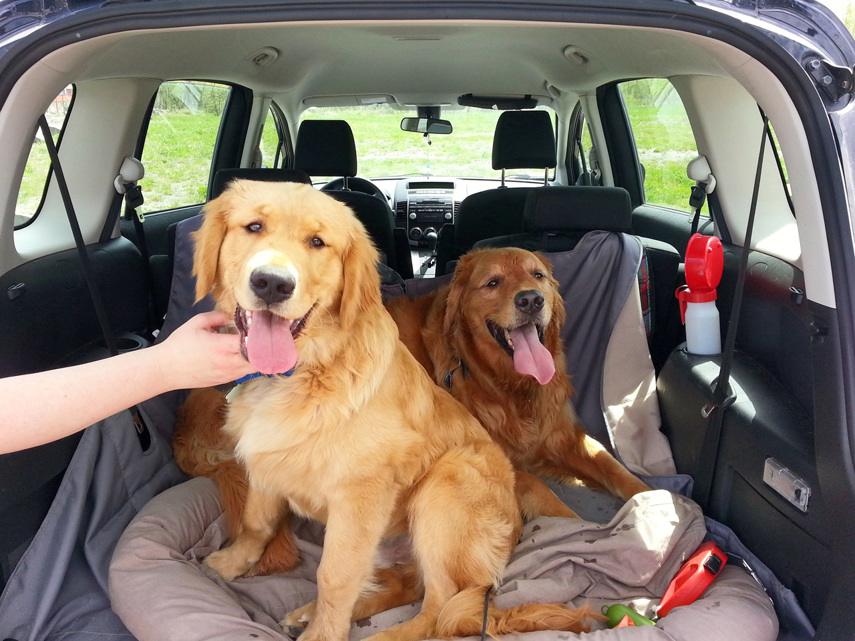
No matter how often you offer your pets fresh food and water while on the road, some of them just don’t take well to travel (and unlike human children, they can’t let you know when things are about to go very wrong).
Some dog owners find that their best friends benefit from treats with ginger in them or even a small dose of honey a couple of times a day to help settle their stomachs. Some human anti-nausea medications can also be used by dogs, but consult your veterinarian before trying this as you’ll need guidance on the correct dosage.
For cats, the nausea tends not to come from motion sickness as much as extreme anxiety. Try giving kitty a blanket or towel that smells like home to lay on, and consider spraying the inside of the carrier with a pheromone product such as Feliway to help calm her. If she’s still having a rough time and you must bring her along, talk to your vet about medication options.
And please, under no circumstances should you ever leave a pet (or a kid!) alone in a hot car, even for a few minutes. A vehicle’s interior temperature can spike very quickly in summer weather with disastrous results.
The Car
Check the tires
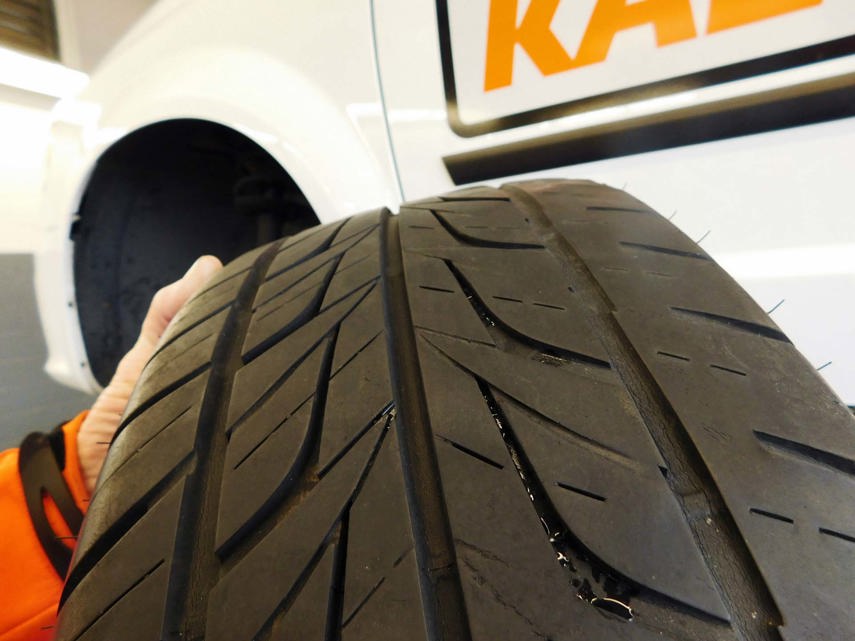
Have a look at all four tires. Are there any cracks or bulges? Are the tire pressures correct? Is there a healthy amount of tread left? (Stick a quarter in there with the caribou’s nose facing down. If you can still see the tip of its nose when the coin is touching rubber, your tires are worn and it’s time for a new set.) It seems a silly thing to ask, but people do forget sometimes: did you remember your last change from summer/winter tires?
And in case you need it, have a look at the spare. Is it in good shape and inflated properly? Is your jack working, and do you have the tools you need to loosen and tighten your lug nuts in a pinch?
Check the fluids
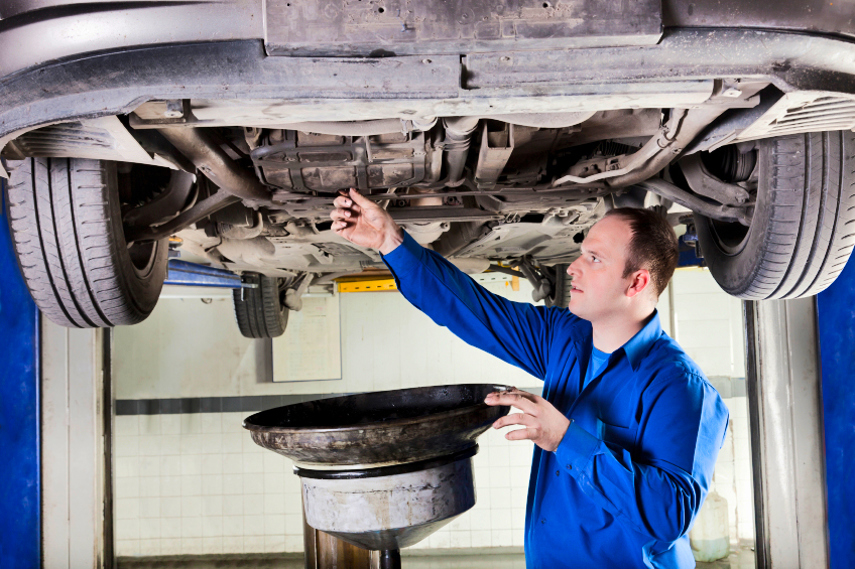
If you’re going a fair distance in a short time, an oil change should probably be an automatic pre-trip chore if you haven’t had one done in the last month or so. Consider whether the age of your vehicle means you should have the transmission fluid, brake fluid, or engine coolant checked.
Check the wipers
If you’re driving in Canada, it doesn’t matter which direction you head off in – you’re bound to need to clean either rain, snow, or bug guts off your windshield. Check your wipers and replace them if they’re not clearing the glass thoroughly, and be sure to top off your wiper fluid. Not all of these are created equal: products intended for summer use tend to do a better job of getting carcasses and grime out of the way.
Check the brakes
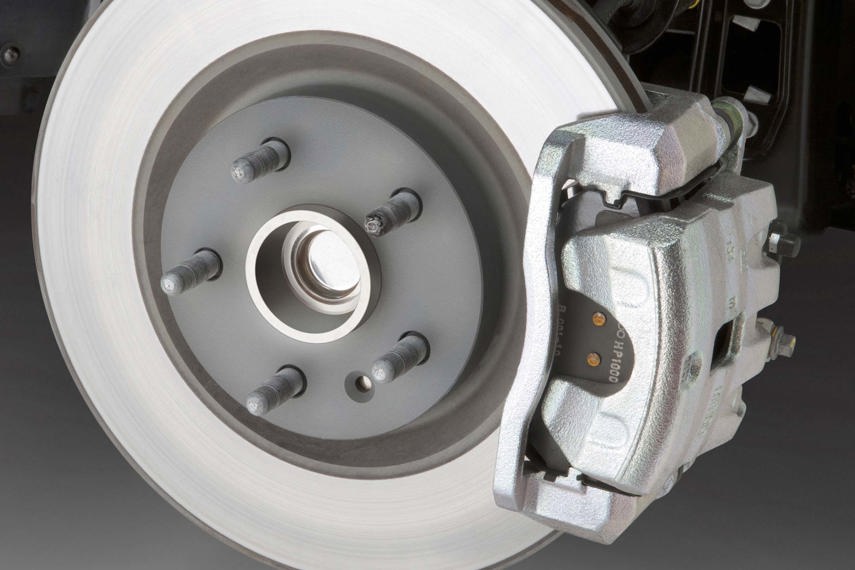
If you feel a noticeable grind or hear a great big squeak when you hit the brake pedal, it’s already past time to have your mechanic take a look at your brake pads and rotors.
Check the lights
Very few of us do this as often as we should. Check that both headlights (low and high beams), brake lights and reverse lights, and all four turn signals are working correctly.
Check the battery

Make sure that the case looks normal, the terminals are free from corrosion, and the wires are in good shape. Consider using a multimeter to check the strength of its charge.
Check your engine’s belts and hoses
These all have a finite life span that will be detailed in your owner’s manual. If you’re not comfortable crawling around under the hood to inspect these individually, schedule a maintenance appointment.
